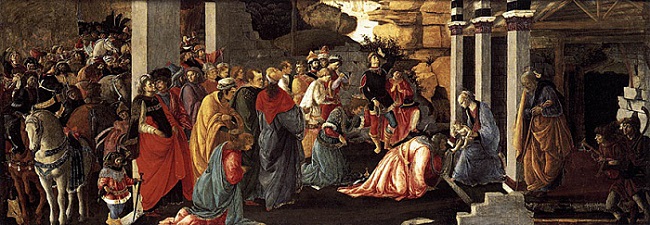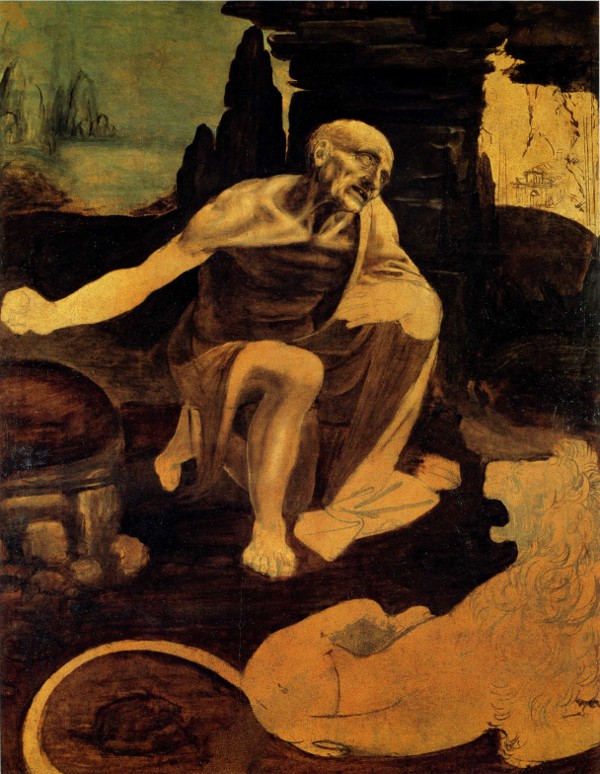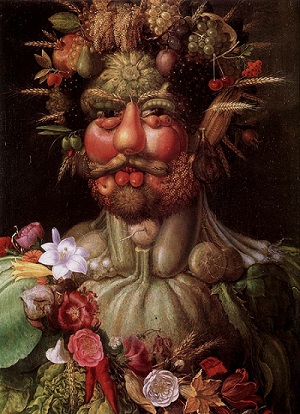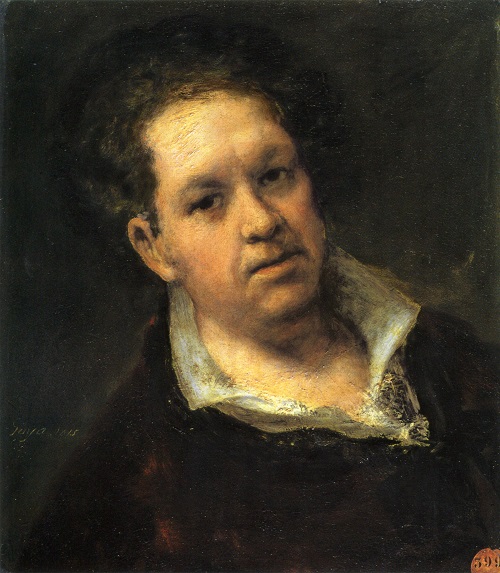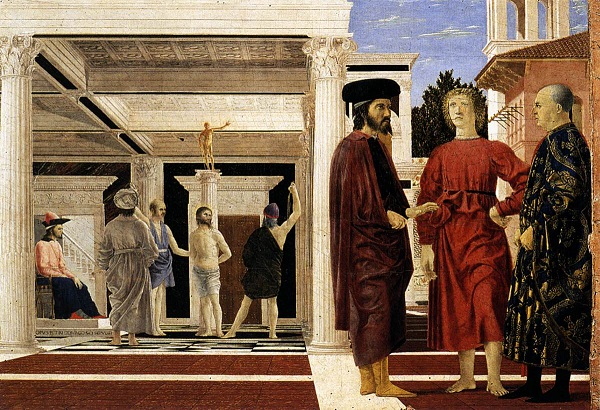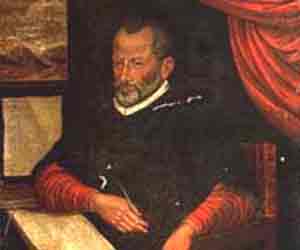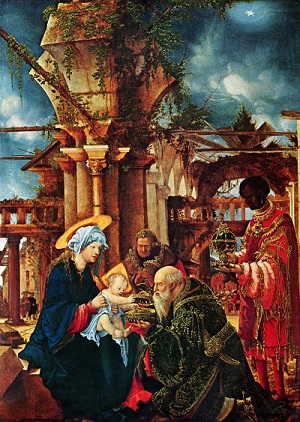
(The Adoration of the Magi – Albrecht Altdorfer, c1530)
The wise men or Magi are referred to in the Gospel According to St Matthew (2: 1-12) but without any mention of their names, their number of the fact that they are kings, It was an apocryphal Armenian gospel of the fifth or sixth centuries – the so-called Gospel of the Infancy – that gave the names of Melchior, Balthazar and Gaspar, and identified them as kings of the Persians, Hindus and Arabs respectively. There is also evidence that the Magi were a religious caste among the Persians devoted to astrology, divination and the interpretation of dreams. This led to an extension of the meaning of the word, and by the first century B.C. the terms magi and Chaldean were applied generally to fortune tellers and to the exponents of esoteric religious cults throughout the Mediterranean world.
The three gifts they bought – gold, frankincense and myrrh – symbolised recognition that the new-born Christ was both a king (gold) and the priest (frankincense) and prophet (myrrh) of God.
The Roman Catholic Church honours the Magi on 6 January, with the Feast if the Epiphany, originally the sole Christian feast intended to celebrate the manifestation of Christ in the world. In fact, it was only in 354 that Pope Liberius, struggling against pagan worship and the spread of Mithraism in particular, instituted the feast day of Christ’s birth on December 25. This was the date of the birth of the Eastern God, Mithras (in conjunction with the winter solstice and the beginning of the return of light to the world) and was chosen so as to absorb within the Christian faith the worshippers of that god. The 6th January, on the other hand, was a feast day of the epiphanic Greek gods (the Greek word epiphanos means ‘manifestation’ or ‘revelation’), celebrating the appearance of (Greek) deities to humanity. It falls twelve days after 25 December, the first day of the new solar year,
Tradition has it that Melchior represented the races of Europe and was descended from Japhet, the son of Noah; Balthazar represented the races of Africa and was descended from another son of Noah – either Ham or Cham; and Gaspar represented the races of Asia and was descended from another in the line of Noah, Sem. The three initials of Japhet, Ham and Sem – JHS – have been taken as a clear reference to Jesus Christ, whose name was often abbreviated to JHS (Jesus, Hominum Salvator – Jesus, Saviour of Mankind). Certain sources have argued that in following the “Star of Bethlehem” to Christ’s birthplace, the three kings were actually following a conjunction of the plants Jupiter, Mercury and Saturn, which form a triangle with the Sun at the centre. Here again, the initials JHS (Jupiter, Hermes [the Geek name for Mercury] and Saturn occur, indicating that the Light of Jesus, Saviour of Mankind, had taken corporeal form on Earth.
Whatever the mystery or symbolism of the Magi, they have taken a central role in depictions of the Nativity, often depicted as a young, a middle-aged and an elderly man, while other artists have chosen to depict them as men of almost equal age, but differing in skin colouring. One of my favourite depictions in that by Botticelli (1465-67) which I have included below, so sumptuous in its grandeur.
